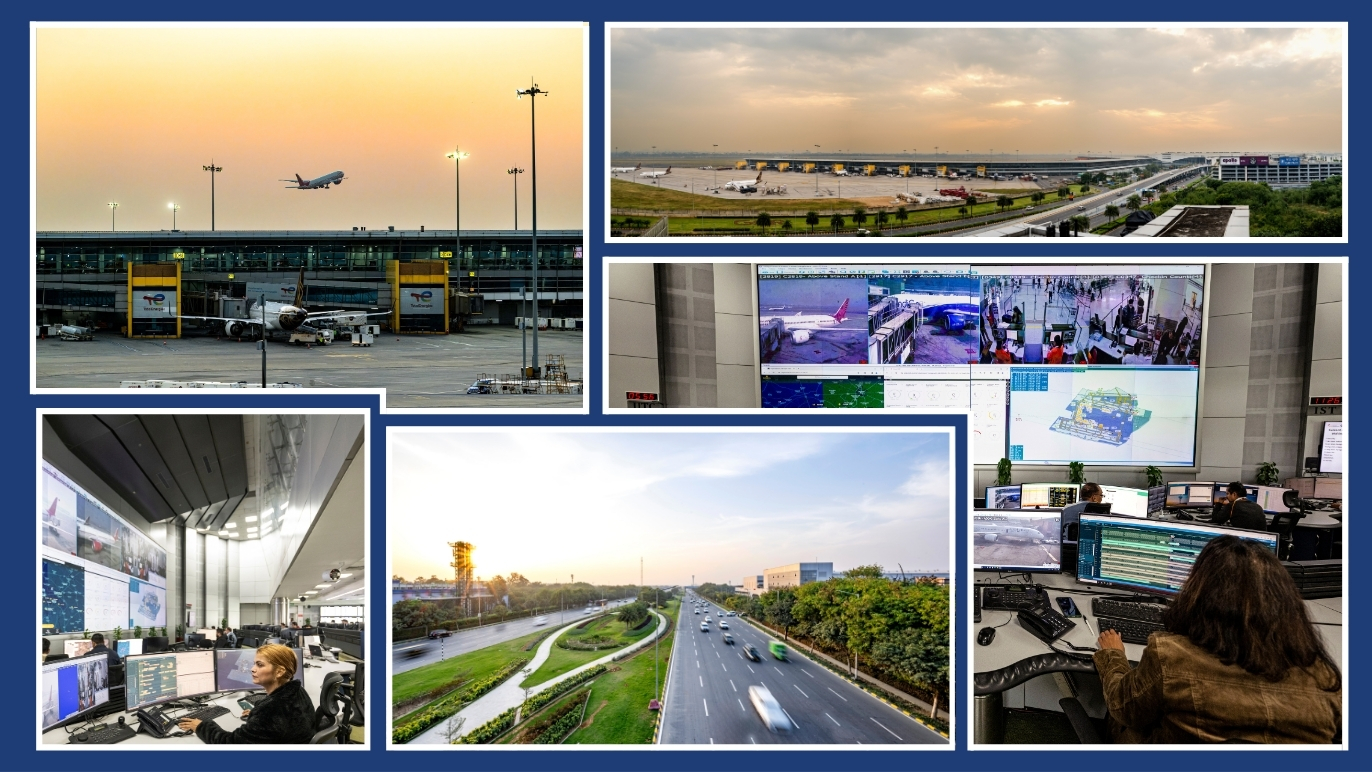
The Paradox of Modern Airports
Airports are among the most complex examples of Critical Information Infrastructure, vast, tightly integrated ecosystems that must run flawlessly every minute of every day. Yet, despite housing thousands of assets and systems, from baggage conveyors and HVAC chillers to runway lighting and passenger boarding bridges, most maintenance regimes still depend on a reactive or time-based preventive model.
This approach creates a silent vulnerability.
Every such event adds up, delays, frustration, compensation and lost reputation. For airports handling 100,000+ passengers daily, such inefficiencies are not merely operational hiccups; they are strategic risks.
Preventive maintenance, long considered the gold standard, follows a simple rulebook: replace or inspect components after a fixed interval, every X hours or Y cycles. But this logic assumes that every asset ages at the same rate, under identical stress and conditions.
In reality:
1. Over-maintenance - perfectly good parts replaced early, wasting money and labor.
2. Under-detection - critical failures occurring between scheduled checks, leading to emergency repairs, operational shutdowns and cascading delays.
Predictive asset management resolves this paradox, by aligning maintenance not to time, but to condition.
Predictive systems transform the question from “When was this last serviced?” to “What does the condition data tell us right now?”
This transformation relies on real-time sensing and analytics.Sensors embedded within key airport assets continuously track vital performance indicators:
These continuous data streams are analyzed by algorithms capable of identifying early-warning patterns far before human inspection could detect them. A bearing doesn’t just “fail” one day, it starts talking through slight vibration changes and incremental temperature spikes. Predictive analytics listens to that language.
The Strategic Advantages
Predictive maintenance ensures intervention occurs exactly when required, neither prematurely nor after failure. For instance, a conveyor motor showing vibration anomalies is scheduled for servicing during a planned low-traffic window, avoiding chaos during peak hours.
Impact:
Predictive timing transforms maintenance from reactive firefighting into a precision operation synchronized with airport traffic rhythms.
Traditional maintenance often keeps teams busy, not necessarily productive. Predictive systems shift this by prioritizing maintenance actions based on real risk and operational impact.
For example, a runway lighting controller showing erratic voltage patterns is prioritized ahead of a healthy system due for a routine check.
Impact:
This optimization ensures that manpower, tools and downtime windows are aligned with actual need, not arbitrary frequency.
The cost difference between planned maintenance and emergency breakdowns is enormous. While a scheduled intervention costs predictable amounts in labor and spares, emergency events trigger a domino effect of indirect losses:
Predictive models convert these unplanned, high-cost events into forecastable, low-cost actions, protecting both the balance sheet and brand equity.
Predictive analytics introduces data-driven procurement. Instead of stocking parts “just in case,” airports can now align inventory with actual usage and wear patterns.
Impact:
For example, a predictive model may show that conveyor belts in Zone A wear out 30% faster due to humidity, prompting procurement to adjust stocking levels precisely. This converts maintenance stores from static warehouses into smart, adaptive logistics hubs.
Perhaps the most critical advantage, seamless continuity of airport operations. Predictive insights enable scheduling of maintenance during true low-activity periods. If data indicates that an HVAC compressor can safely operate for another 21 days, maintenance can be deferred to an upcoming low-traffic window without risking performance.
Impact:
In an industry where “minutes equal millions,” predictive maintenance provides operational confidence, the ability to plan maintenance without fear of failure.
Transitioning from preventive to predictive management is not an instant shift. It demands a strategic roadmap, addressing both technical and human factors:
1. Legacy Infrastructure – Many airport assets, installed over a decade ago, lack native digital connectivity. Retrofitting sensors or IoT gateways becomes the first step.
2. System Interoperability – Integrating data from multiple vendors (Siemens, Vanderlande, Schneider, etc.) into a unified analytics layer requires middleware and data standardization.
3. Cultural Mindset – Maintenance engineers must evolve from “touch and see” assessments to trusting data-driven diagnostics. Training and change management are critical.
4. Capital Investment – Sensor networks, data platforms and analytics tools demand upfront spending, but the ROI through reduced downtime and spares costs often repays within 18–24 months.
A successful implementation often begins with pilot projects on high-value assets such as jet bridges, baggage systems and HVAC chillers, demonstrating measurable benefits before scaling across terminals.
As global air traffic rebounds and infrastructure complexity deepens, airports can no longer afford to operate on the assumptions of the past. Predictive asset management embodies the industry’s acknowledgment of a simple truth: modern infrastructure requires modern intelligence.
The competitive advantage will soon belong not to the largest airports, but to the smartest, those who convert asset data into foresight, reliability and resilience.
“Predictive asset management turns noise into foresight, not by doing more maintenance, but by doing the right maintenance at the right time. That precision frees capital, shortens decision cycles and lets airports invest in growth instead of firefighting.”
— Roy Sebastian, CEO, GEMS
For collaboration or implementation support: 📧 Rohitkumar.Singh@gmrgroup.in 📞 +91 97171 99753